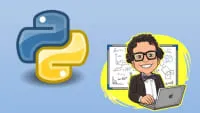
Python 3 in 100 Minutes 
This course provides an introduction to Python 3, teaching the fundamentals and providing the opportunity to create three fun projects from scratch. Perfect for beginners, this course will have you coding in Python 3 in just 100 minutes. ▼
ADVERTISEMENT
Course Feature
![]() Cost:
Cost:
Free
![]() Provider:
Provider:
Udemy
![]() Certificate:
Certificate:
No Information
![]() Language:
Language:
English
Course Overview
❗The content presented here is sourced directly from Udemy platform. For comprehensive course details, including enrollment information, simply click on the 'Go to class' link on our website.
Updated in [March 06th, 2023]
This course, Python 3 in 100 Minutes, provides an overview of the fundamentals of Python programming. It covers topics such as variables and data types, comparison operators, functions, for and while loops, conditional statements, and logical operators (If-else). Participants will gain a better understanding of the basics of Python programming and be able to apply them to their own projects.
[Applications]
After completing this course, students can apply their knowledge of Python 3 to create basic programs and scripts. They can also use the concepts learned in this course to develop more complex applications. Additionally, students can use the knowledge gained to develop web applications, data analysis, and machine learning algorithms.
[Career Paths]
1. Data Scientist: Data Scientists use Python to analyze large datasets and uncover trends and insights. They use a variety of techniques such as machine learning, natural language processing, and predictive analytics to develop models and algorithms that can be used to make decisions. The demand for Data Scientists is growing rapidly, and the field is expected to continue to expand in the coming years.
2. Software Developer: Software Developers use Python to create applications and websites. They use the language to write code, debug programs, and develop software solutions. Python is a popular language for software development, and the demand for skilled developers is increasing.
3. Machine Learning Engineer: Machine Learning Engineers use Python to develop algorithms and models that can be used to automate tasks. They use the language to create and train models, and to develop applications that can be used to make decisions. The demand for Machine Learning Engineers is growing rapidly, and the field is expected to continue to expand in the coming years.
4. Web Developer: Web Developers use Python to create websites and web applications. They use the language to write code, debug programs, and develop web solutions. Python is a popular language for web development, and the demand for skilled developers is increasing.
[Education Paths]
1. Bachelor of Science in Computer Science: This degree path provides a comprehensive overview of computer science fundamentals, including programming languages, algorithms, data structures, operating systems, and software engineering. It also covers topics such as artificial intelligence, machine learning, and computer graphics. With the increasing demand for software development and data science, this degree path is becoming increasingly popular.
2. Master of Science in Data Science: This degree path focuses on the application of data science techniques to solve real-world problems. It covers topics such as data mining, machine learning, and predictive analytics. It also provides an in-depth understanding of the principles and techniques of data science, as well as the tools and technologies used to analyze and interpret data.
3. Master of Science in Artificial Intelligence: This degree path focuses on the development of intelligent systems and their applications. It covers topics such as natural language processing, computer vision, robotics, and machine learning. It also provides an in-depth understanding of the principles and techniques of artificial intelligence, as well as the tools and technologies used to develop intelligent systems.
4. Master of Science in Software Engineering: This degree path focuses on the development of software applications and systems. It covers topics such as software design, software development, software testing, and software maintenance. It also provides an in-depth understanding of the principles and techniques of software engineering, as well as the tools and technologies used to develop software applications and systems.
Course Syllabus
What is Anaconda and How to install it?
What are Jupyter Notebooks?
How to run a Jupyter Notebook?
Pros & Cons

Explanation and examples are excellent.

Clear and logical explanations.

Starts with basic concepts.

Exercises after each video.

Unclear instructions in exercises.

No exercises for sessions 4 and 5.
Course Provider

Provider Udemy's Stats at AZClass
Discussion and Reviews
0.0 (Based on 0 reviews)
Explore Similar Online Courses

Remixing Dance Music: Digital Production Basics

Growth Hacking A-Z: Definitive Growth Hacking Strategy 2021

RDBMS PostgreSQL
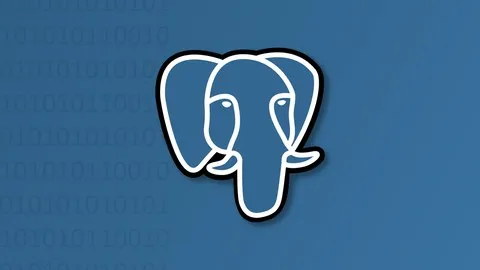
Intro To PostgreSQL Databases With PgAdmin For Beginners
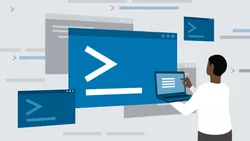
PostgreSQL: Client Applications

Mastering SQL using Postgresql

Database Design and Basic SQL in PostgreSQL
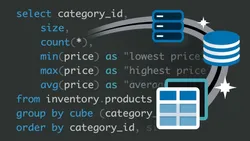
PostgreSQL: Advanced Queries

Spatial SQL with Postgres : A language for geographers

Learn SQL Using PostgreSQL: From Zero to Hero
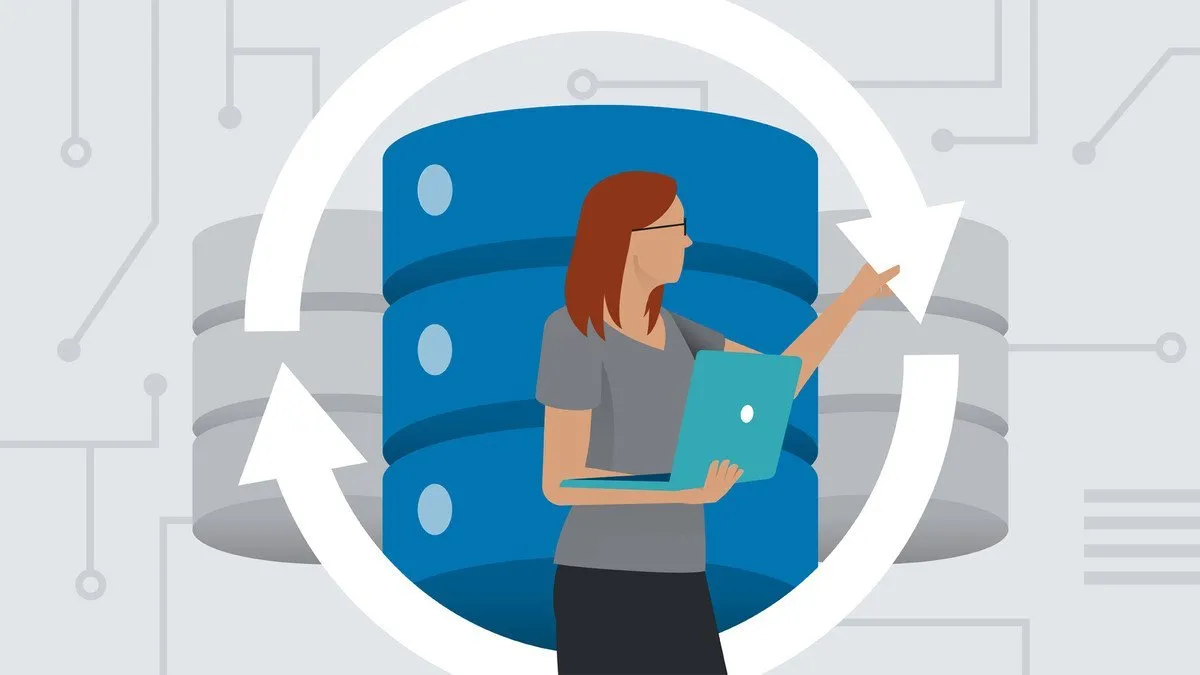
PostgreSQL Essential Training
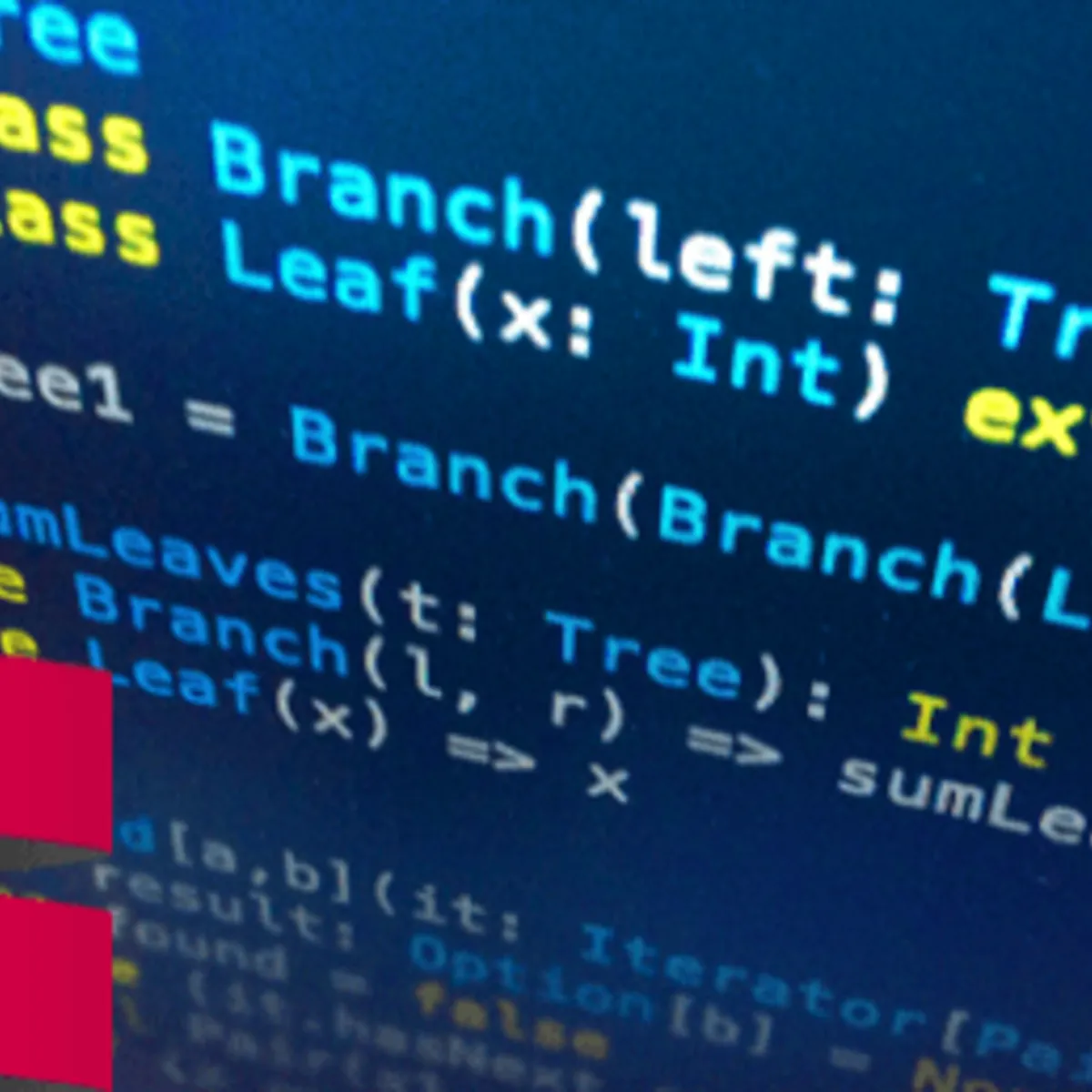

Start your review of Python 3 in 100 Minutes